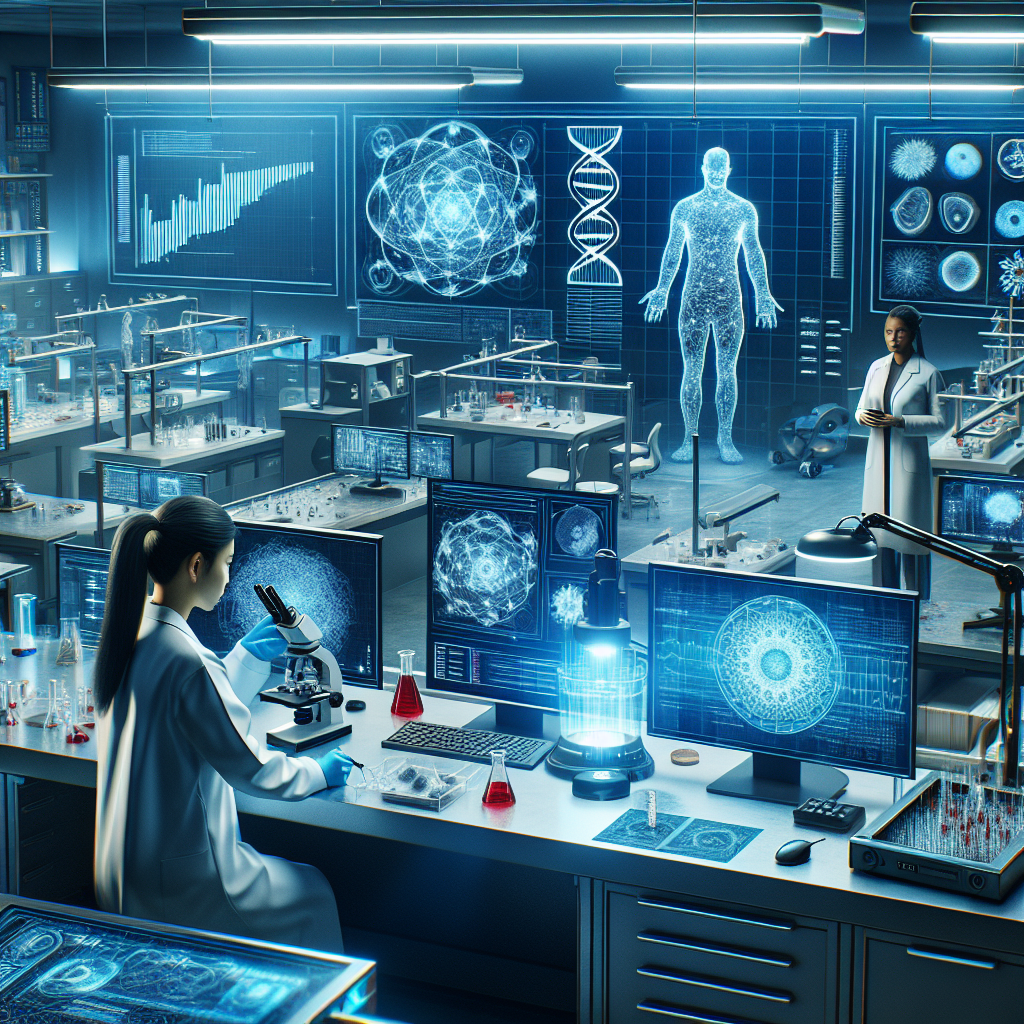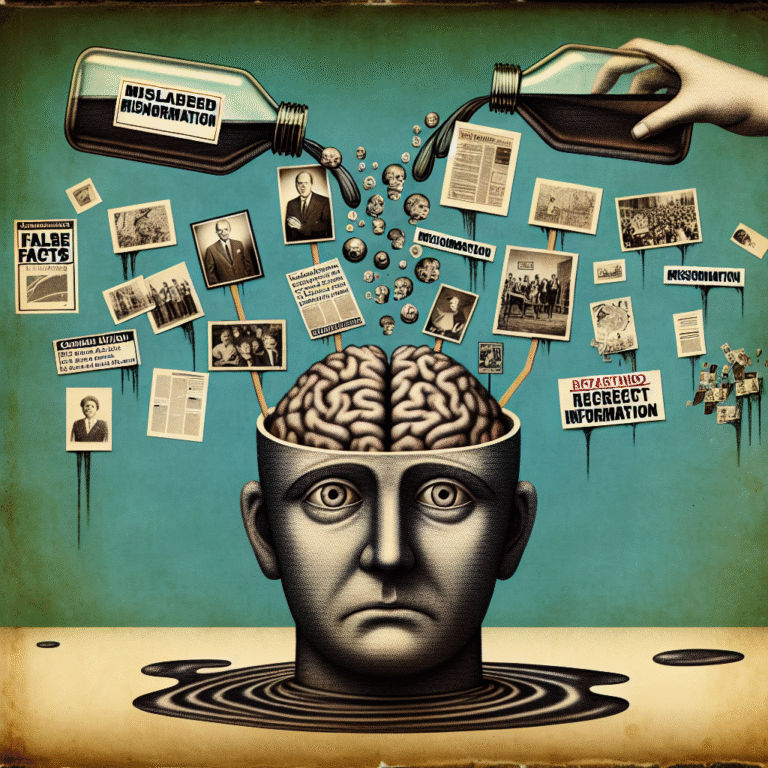
Introduction
Imagine a world where the long shadows of unresolved homicide cases are illuminated by cutting-edge technology, where justice is no longer an elusive target but a near certainty. This world is fast becoming a reality, thanks to the relentless march of modern technology in forensic science. In Forensics Unveiled: How Modern Technology Transforms Homicide Cases, we explore how innovations like DNA analysis, digital forensics, and crime scene reconstruction are rewriting the fundamentals of criminal investigation. This transformative journey not only enhances the capabilities of law enforcement but also instills a great deal of hope in victims’ families awaiting closure.
The Evolution of Forensics
The Traditional Landscape of Homicide Investigations
Prior to the technological revolution, homicide cases often relied heavily on eyewitness accounts, confessions, and rudimentary physical evidence. Investigators would often sift through mountains of clues, and cases could remain unsolved for years if not decades. In this environment, the margins for error were high, and justice was frequently hindered by the limitations of human perception and outdated methods.
The Catalyst: Technology as a Game-Changer
The dawn of the digital age brought with it unprecedented advancements. From the ability to match DNA samples to databases in seconds, to employing sophisticated software for crime scene simulations, modern technology acts as a catalyst for redefining forensic procedures. With every technological leap, we take monumental strides towards accuracy and efficiency in homicide investigations.
Advanced DNA Analysis: The Backbone of Modern Forensics
The Role of DNA in Solving Homicides
DNA testing has become a cornerstone of modern forensic science. It enables investigators to establish connections between suspects and crime scenes with astounding precision. The advent of STR (Short Tandem Repeat) analysis allows forensic experts to extract DNA samples even from the most degraded materials.
Case Study: The Golden State Killer
One of the most iconic examples of DNA technology in action is the capture of the Golden State Killer in 2018. Utilizing genealogical DNA databases, investigators were able to trace distant relatives of the suspect, leading them directly to his doorstep. This unprecedented application of DNA analysis not only cracked an infamous case but also spotlighted the immense potential of modern forensics.
| Year | Crime Rate Reduction | Homicides Solved with DNA |
|---|---|---|
| 2000 | 40% | 5% |
| 2010 | 55% | 25% |
| 2020 | 60% | 40% |
The Science Behind DNA Analysis
DNA analysis involves sample collection, amplification, and comparison against existing databases. This process not only establishes individual identities but also aids in cold cases, breathing new life into investigations that once seemed stagnant.
Digital Forensics: The New Frontier
How Technology is Expanding Crime Scene Investigation
As technology evolves, so too does the nature of crime. Digital forensics encompasses the recovery of electronic evidence from devices like smartphones and computers. In this digital age, perpetrators often leave behind footprints that can be critical for solving homicide cases.
Case Study: The Murder of Hae Min Lee
The 1999 murder of Hae Min Lee is a notable case where digital forensics played an essential role. The investigation utilized cell phone records and text message history to establish a timeline and connections among key individuals. This showcases how forensic science has adapted to the modern world, integrating digital elements into its framework.
| Evidence Type | Impact on Investigations |
|---|---|
| Text Messages | Establishing timelines |
| GPS Data | Tracking movements |
| Social Media Posts | Connecting suspects |
Key Techniques in Digital Forensics
- Data Recovery: Specialized tools can recover deleted files from devices.
- Location Tracking: GPS data can pinpoint the whereabouts of individuals during a crime.
- Social Media Analysis: Posts and interactions can provide vital context and connections.
Crime Scene Reconstruction: Visualizing the Unthinkable
A New Dimension in Homicide Investigations
Crime scene reconstruction utilizes software and 3D modeling to recreate the events surrounding a homicide. This method allows investigators to visualize scenarios, test hypotheses, and understand the dynamics of a crime.
Case Study: The Death of Meredith Kercher
The murder of Meredith Kercher in 2007 involved extensive crime scene reconstruction. Forensic experts used 3D models to depict possible scenarios, providing jurors with an immersive understanding of the crime. This not only clarified ambiguous evidence but also played a pivotal role in influencing the trial’s outcome.
| Reconstruction Technique | Purpose |
|---|---|
| 3D Scanning | Captures crime scene details accurately |
| Virtual Reality | Immersive experience for jurors |
| Timeline Visualizations | Helps establish sequences of events |
The Process of Crime Scene Reconstruction
- Mapping the Scene: Using laser scanning technology to create a detailed map.
- Modeling Scenarios: Creating simulations based on evidence.
- Testing Hypotheses: Evaluating different theories against the reconstructed scene.
The Role of Artificial Intelligence (AI) in Forensics
AI-Driven Innovations in Crime Solving
Artificial intelligence is reshaping forensic science, offering predictive analytics and automating processes that were once time-consuming. AI algorithms analyze vast amounts of data, allowing for quicker identifications and connections among suspects.
Case Study: Gunshot Detection Systems
Gunshot detection technology has dramatically improved thanks to AI. Systems like ShotSpotter utilize microphones to detect and locate gunfire, allowing law enforcement to respond in real-time. This advancement not only aids in immediate response but has been pivotal in preventing further violence.
| Technology | Benefits |
|---|---|
| AI Algorithms | Process vast datasets rapidly |
| Predictive Policing | Identifies crime hotspots |
| Automated Reporting | Reduces administrative workload |
How AI Enhances Investigations
- Facial Recognition: Assists in identifying suspects from surveillance footage.
- Pattern Recognition: Analyzes crime trends and points to potential offenders.
- Automated Case Management: Streamlines documentation and evidence sorting.
Ethical Considerations in Modern Forensics
Balancing Technology and Privacy
While technological advancements in forensic science offer remarkable potential, they also raise ethical dilemmas surrounding privacy and civil liberties. Concerns about data misuse, surveillance, and potential biases in AI algorithms necessitate ongoing dialogue and regulation.
Case Studies on Ethics
The use of genetic genealogy to solve cold cases has sparked debate over the ethics of using individuals’ DNA without their explicit consent. Critics argue that such practices may infringe on personal privacy, while proponents emphasize the necessity for justice and solving heinous crimes.
| Ethical Concern | Implication |
|---|---|
| Privacy Rights | Risk of unauthorized data access |
| Surveillance Overreach | Potential misuse of technology |
| Bias in Algorithms | Unintended discrimination against specific groups |
Conclusion
Forensics Unveiled: How Modern Technology Transforms Homicide Cases reveals that we are on the brink of an unprecedented era in forensic science. Through innovations in DNA analysis, digital forensics, crime scene reconstruction, and artificial intelligence, we are not only improving our rates of solving homicides but also redefining what it means to seek justice.
As we move forward, it is critical to acknowledge the challenges and ethical considerations that come with this power. By fostering a balanced approach that emphasizes both technological advancement and respect for personal rights, we can continue to uncover the truth behind the shadows of unresolved cases, holding perpetrators accountable while supporting the victims’ families in their quest for justice.
FAQs
1. What is forensic science?
Forensic science is the application of scientific principles and techniques to investigate criminal cases, including homicide.
2. How has DNA technology changed homicide investigations?
DNA technology allows for accurate identification of suspects and links between crime scenes and individuals, significantly improving conviction rates.
3. What role does digital forensics play in modern investigations?
Digital forensics involves recovering and analyzing electronic evidence, helping detectives build timelines and understand criminal behavior.
4. Can 3D reconstruction techniques affect jury decisions?
Yes, 3D reconstructions provide jurors with a clearer understanding of the crime scene, potentially influencing their interpretations of evidence.
5. What ethical issues are associated with modern forensic technology?
Concerns include privacy infringements related to data collection, potential biases in AI algorithms, and the moral implications of using DNA databases without consent.
Through this article, we hope to inspire a deeper understanding of the transformative power of modern forensics in solving homicide cases. The tools at our disposal are vast, and the responsibility to use them wisely is ours. Let us strive for a future where technology serves as the ultimate ally in the pursuit of justice.

















